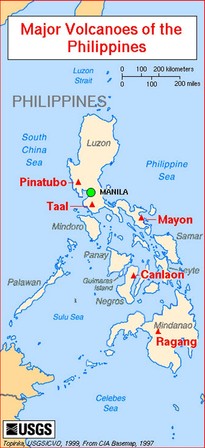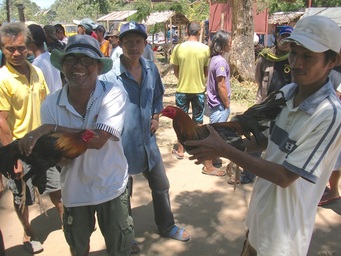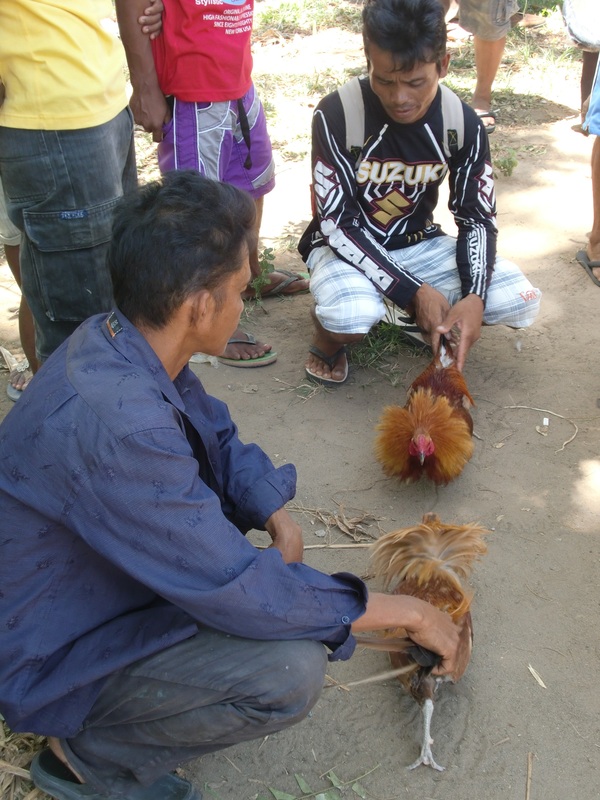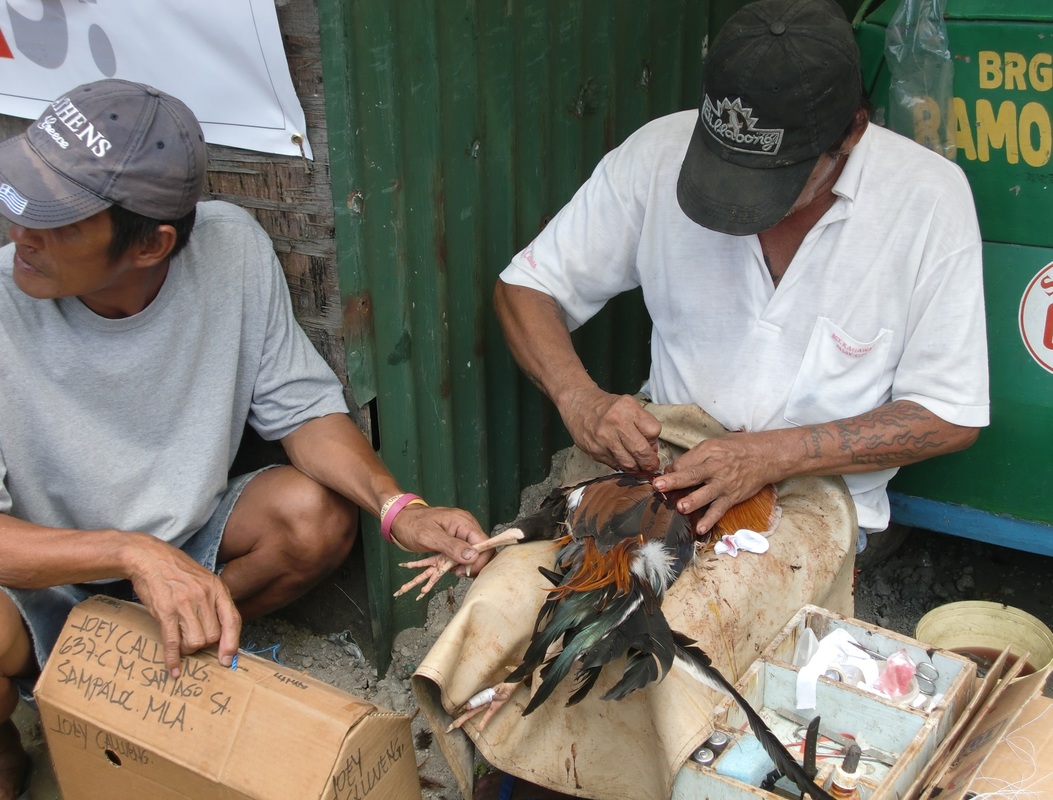
In the weeks ending March and beginning April, I had the opportunity to explore the geology of the Philippines. I learned that most of the over 7000 islands of the Philippines were created through tectonic collisions and geological pressures that are still working themselves out. With the exception of the westernmost island of Palawan and its neighbors, the Philippine islands are made of what was once seabed, marine limestone and coral pushed to the surface, and most importantly, fertile volcanic lava and ash. These islands make up the Philippine Mobile Belt.
Ten million years ago during the Miocene era, pressures between the Eurasian Plate and Philippine Sea plates (and many, many plates within) resulted in volcanic activity which aided the formation of fertile islands, a process which continues today with 21 active volcanoes--five of which are on the most active and closely monitored list. Along with Indonesia and Japan, the volcanoes of the the Philippines make the Pacific Ring of Fire--one of the most active volcanic and seismic regions in the world. In early April we visited the two most active volcanoes in the Philippines: Mayon and Taal.
Before Easter, Joseph and I were in Legazpi City in the Bicol region of southern Luzon, home of Mount Mayon. This majestic wonder looms large in the Albay province and its nearly perfect cone shape has made it world-famous. Mayon is stratovolcanic, which means when it erupts it spews both lava and gases mixed with volcanic fragments, crystals, ash, pumice, and glass shards. Its most recent major eruption was in 2006, and while we didn't see any lava flow while we were there, gasses were coming out of the top. Of course, the top was hard to spot as it has a significant impact on the weather patterns and is often shrouded with clouds. "He's being shy," the locals like to say.



 RSS Feed
RSS Feed